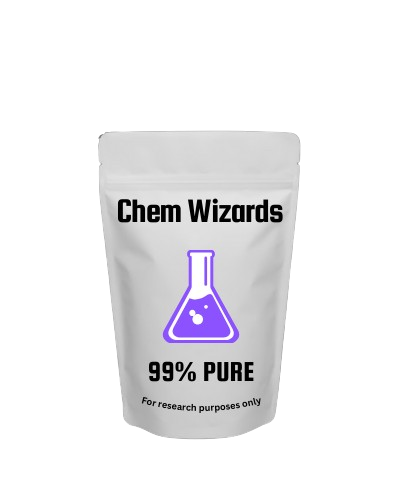

Buy 3-CEC (3-Chloroethcathinone)
$1,647.70 – $179,726.35Price range: $1,647.70 through $179,726.35
3-CEC is a chlorinated ethcathinone research chemical stimulant used in laboratories to study monoamine modulation.
Important Notice:
European customers should complete their purchases in USD (not CAD). After placing your order and before manual payment, the currency will be converted to Euros.
Canadian customers should use CAD, and American customers should use USD.
3-CEC (3-Chloroethcathinone) Product Description
Introduction
3-CEC, or 3-Chloroethcathinone, is a synthetic cathinone research chemical structurally related to ethcathinone, featuring a chlorine atom substituted at the 3-position of the phenyl ring. This compound is designed and used exclusively for scientific research settings to examine stimulant pharmacology, neurochemical properties, and behavioral effects. 3-CEC is supplied in high-purity crystalline or powdered form to facilitate precise laboratory assays and experimental studies without any clinical or therapeutic claims.
Chemical Properties and Specifications
Structural and Molecular Characteristics
| Attribute | Specification |
|---|---|
| Chemical Formula | C9H10ClNO |
| Molecular Weight | 185.63 g/mol |
| CAS Number | Not widely assigned |
| IUPAC Name | 1-(3-chlorophenyl)propan-2-one |
| Synonyms | 3-Chloroethcathinone, 3-CEC |
Physical Properties and Purity Standards
-
Appearance: White to off-white crystalline powder compatible with analytical and research protocols.
-
Purity: Typically ≥ 98% purity for research-grade products.
-
Solubility: Soluble in polar organic solvents such as methanol, ethanol, and dimethyl sulfoxide (DMSO); limited aqueous solubility.
-
Storage Recommendations: Store in airtight containers in cool, dry, dark environments. Refrigeration between 2 – 8°C is recommended to ensure long-term stability.
Pharmacological Profile and Mechanism of Action
Proposed Mechanism of Action
3-CEC acts as a central nervous system stimulant primarily through modulating monoamine neurotransmission by promoting dopamine and norepinephrine release and inhibiting their reuptake. The chlorine substitution at the meta position on the aromatic ring influences its binding affinity, metabolic stability, and potency relative to other cathinones such as ethcathinone or methcathinone. In vitro assays confirm its activity in inhibiting monoamine transporters (DAT, NET), contributing to stimulant effects.
Research Applications
Used extensively in preclinical pharmacology and behavioral studies to understand stimulant abuse potential, receptor interactions, and neurotransmitter modulation. It supports toxicological profiling and forensic investigations centered on novel psychoactive substances with cathinone backbones.
Comparative Analysis with Related Compounds
Compare to Closely Related Cathinones
3-CEC’s main differentiator among cathinones is the chlorine substituent on the 3-position, distinguishing it from ethcathinone or 4-CEC. Such halogenation commonly alters potency, metabolic rate, and receptor selectivity, making 3-CEC useful for structure-activity relationship studies. The compound is more lipophilic than non-halogenated analogs, enhancing blood-brain barrier permeability.
Advantages for Research
-
High chemical purity supports reliable pharmacodynamic and pharmacokinetic studies.
-
Structural uniqueness facilitates exploration of halogenation effects on stimulant efficacy.
-
Valuable for forensic chemistry and detection of emerging cathinone-based substances.
Safety and Handling Guidelines
Laboratory Safety
Utilize personal protective equipment (gloves, lab coats, safety goggles) and conduct procedures in well-ventilated fume hoods to avoid inhalation or skin contact.
Disposal and Environmental Considerations
Chemical waste must be disposed of according to institutional hazardous waste protocols with suitable containment measures.
Regulatory Status
3-CEC is classified as a research chemical under controlled substance analog laws in many jurisdictions. Usage is restricted to approved scientific laboratories.
Frequently Asked Questions (FAQs)
-
What is 3-CEC used for in research?
-
To study stimulant effects, neurotransmitter release, and structure-activity relationships among cathinones.
-
How does the chlorine substituent affect 3-CEC?
-
It modulates potency, metabolism, and lipophilicity, affecting CNS penetration compared to related cathinones.
-
What solvents dissolve 3-CEC best?
-
Methanol, ethanol, DMSO, and other polar organic solvents.
-
How should 3-CEC be stored?
-
In airtight, cool, dry, and dark conditions, preferably refrigerated.
-
Is 3-CEC legal?
-
Regulation varies, but it is generally restricted to licensed research only.
Conclusion
3-CEC (3-Chloroethcathinone) is a high-purity cathinone research chemical employed to investigate stimulant pharmacology and monoamine transporter activity. Its chlorine substitution confers distinct pharmacokinetic and pharmacodynamic properties, making it a valuable agent for laboratory studies and forensic toxicology.
| Quantity |
1 gram ,10 grams ,100 grams ,2 grams ,25 grams ,250 grams ,5 grams ,50 grams |
|---|
Related products

Buy 2F-DCK 50 MG Pellets
$3,026.53 – $43,426.25Price range: $3,026.53 through $43,426.25
Buy 3-HO-PCP (3-hydroxyphencyclidine)
$3,440.18 – $53,215.94Price range: $3,440.18 through $53,215.94
Buy 3-Me-PCP (3-methylphencyclidine)
$3,440.18 – $53,215.94Price range: $3,440.18 through $53,215.94
Buy 4F-MPH (4-Fluoromethylphenidate)
$3,026.53 – $133,739.62Price range: $3,026.53 through $133,739.62
Buy DCK (Deschloroketamine)
$3,164.41 – $96,511.21Price range: $3,164.41 through $96,511.21
Buy DeschloroEtizolam 5 MG Pellets
$1,647.70 – $27,569.71Price range: $1,647.70 through $27,569.71




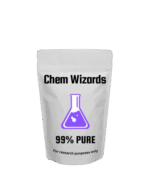

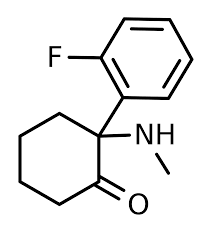
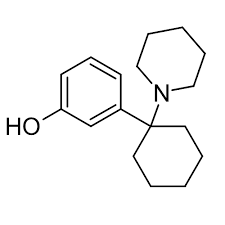
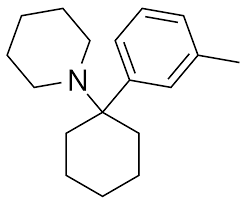
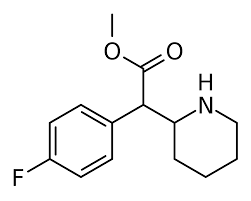
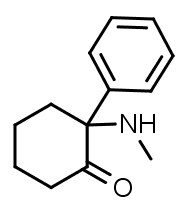

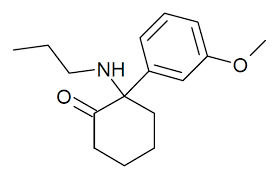
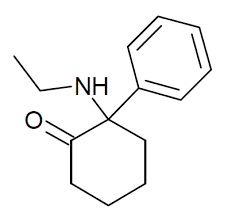
Reviews
There are no reviews yet.